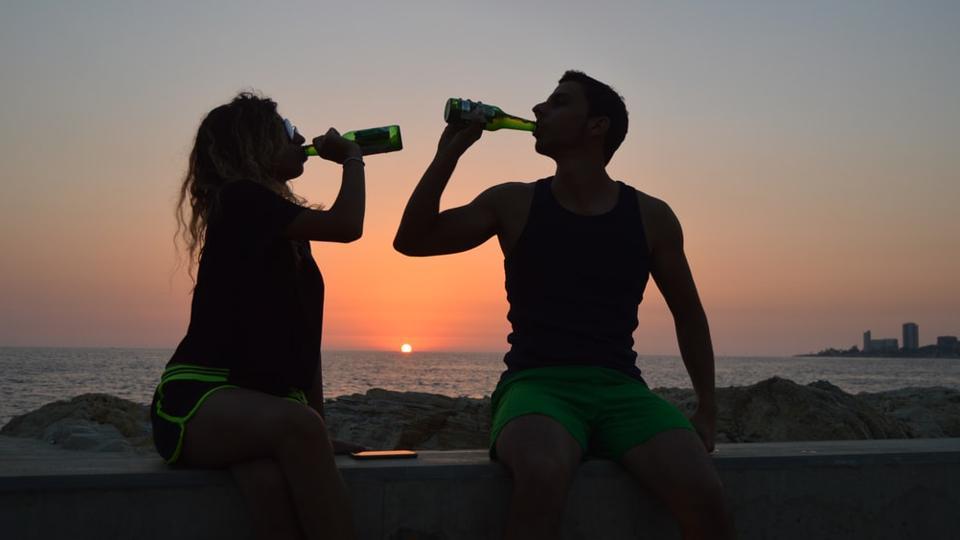NEW YORK: Advertising budgets and strategies used by beer companies appear to influence underage drinking, suggests a new study.
The findings, published in the journal Addictive Behaviours Reports, showed that the amount of money spent on advertising strongly predicted the percentage of teenagers who had heard of, preferred and tried different beer brands.
For the study, the researchers involved over 1,500 middle and high school students.
The study revealed that 99 per cent participants had heard of Budweiser and Bud Light – the top spender on advertising – while 44 per cent said they had used the brand.
“We can’t say from this one study that advertisers are specifically targeting youth, but they are hitting them, if you look at beer ads, advertisers are using all the tricks we know work at grabbing children’s attention,” said study researcher Douglas Gentile from Iowa State University in the US.
Around 55 per cent participants had at least one alcoholic drink in the past year, 31 per cent had one or more drinks at least once a month and 43 per cent engaged in heavy drinking.
When asked to name their two favouite TV commercials, alcohol-related ads had the highest recall (32 per cent) followed by soft drinks (31 per cent), fashion (19 per cent), automotive (14 per cent) and sports (9 per cent).
A quarter of those surveyed said they owned alcohol-related products.
The study also found that teenagers are heavy consumers of media and therefore exposed to more advertising.
“Viewers or readers aren’t thinking about the message through a critical lens,” instead, audiences become immersed in a compelling story and identify with the characters, a process which leads them to unintentionally be persuaded by the messages of the story,” said study researcher Kristi Costabile.
During the study, researchers also asked teenagers about their intentions to drink as an adult. Advertising and parent and peer approval of drinking were all significant predictors of intention to drink.
“By understanding what influences behavior, we can design more effective prevention and intervention programs to reduce underage drinking, which in turn could lessen the likelihood that alcohol use becomes a problem,” Brooke Arterberry said. IANS







